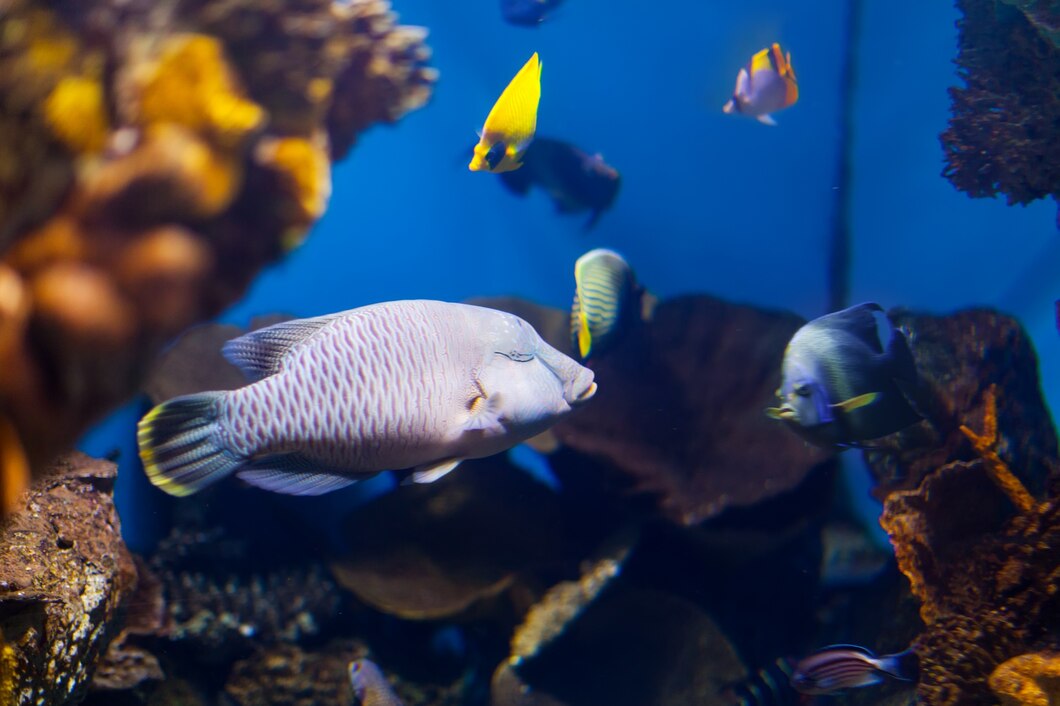Setting up your first aquarium is an exciting experience, but it requires proper planning to create a healthy environment for your fish. Whether you’re interested in freshwater or marine aquariums, following the right steps will ensure your aquatic pets thrive. Here’s a complete beginner’s guide to setting up a perfect aquarium.
1. Choose the Right Aquarium
The first step is selecting an aquarium that suits your space and experience level. A larger tank (20 gallons or more) is recommended for beginners as it provides a more stable environment and requires less frequent maintenance.
2. Pick the Ideal Location
Place your aquarium on a sturdy, level surface away from direct sunlight and temperature fluctuations. Avoid placing it near windows, air vents, or electronics to maintain stable water conditions.
3. Select the Right Filtration System
A good filter is essential to maintain water clarity and remove harmful waste. Choose a filter suitable for your tank size and the type of fish you plan to keep. Popular options include sponge, hang-on-back, and canister filters.
4. Add Substrate and Decorations
The right substrate (gravel, sand, or soil) creates a natural environment and supports beneficial bacteria growth. Decorate your tank with live plants, rocks, and aquarium-safe ornaments to provide hiding spots for fish and enhance aesthetics.
5. Fill the Tank with Water
Use dechlorinated water to fill your tank. If using tap water, treat it with a water conditioner to remove chlorine and other harmful chemicals. Ensure the water temperature matches the needs of your chosen fish.
6. Cycle the Tank Before Adding Fish
Before introducing fish, your tank must undergo the nitrogen cycle to establish beneficial bacteria that break down waste. This process typically takes 2-4 weeks. You can speed up cycling by using bacteria supplements or adding a small number of hardy fish.
7. Choose the Right Fish
For beginners, opt for hardy fish that are easy to care for, such as guppies, tetras, bettas, or corydoras. Research the compatibility of different species to avoid aggression and overcrowding.
8. Maintain Proper Lighting and Temperature
Use an appropriate aquarium light to support plant growth and mimic natural daylight cycles. Maintain a stable water temperature using a heater and thermometer, based on the needs of your fish species.
9. Feed Your Fish Properly
Overfeeding can cause water pollution and health issues. Feed your fish small portions once or twice a day, using high-quality food suitable for their species.
10. Regular Maintenance
Perform regular water changes (20-30% weekly), clean the tank glass, and monitor water parameters to ensure a healthy environment. Regularly check your fish for signs of illness and take prompt action if needed.
Final Thoughts
Setting up an aquarium is a rewarding hobby that brings beauty and tranquility to any space. By following these steps, you can create a thriving aquatic world for your fish.
Need high-quality fish, accessories, or aquascaping materials? Explore our wide selection at Global AquaLife and start your aquarium journey today!

